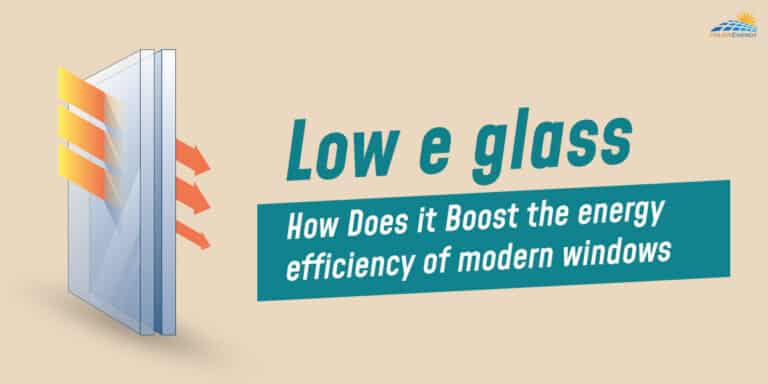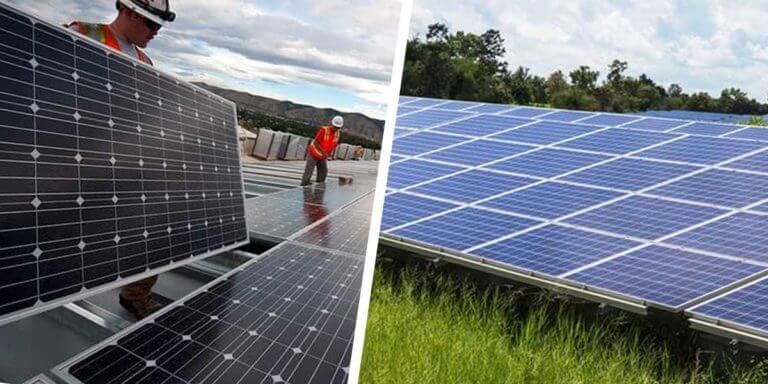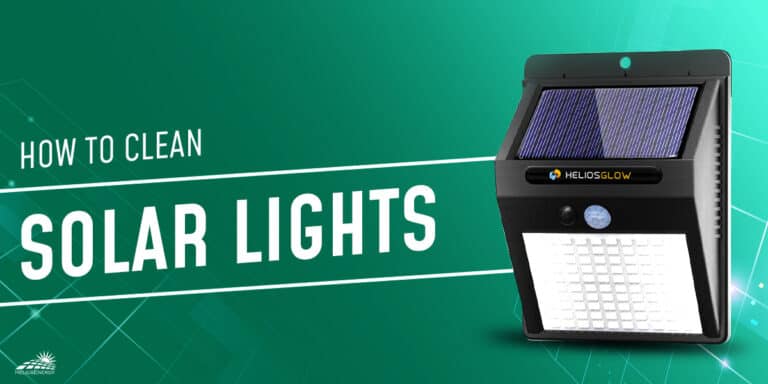What Is Solar Heat Gain Coefficient
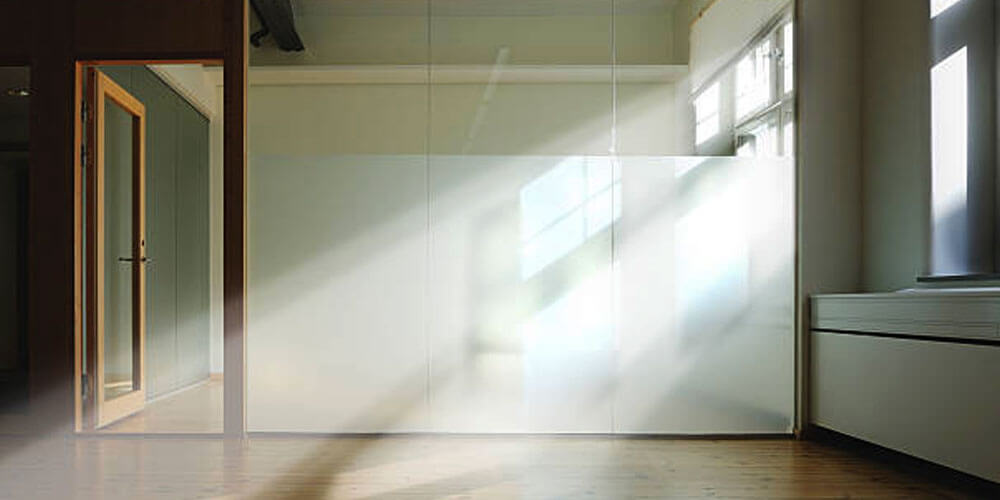
One of the most uncomfortable feelings on a lazy summer afternoon is not being able to rest in your homes with the rooms constantly trapping unbearably hot temperatures inside or maybe, vice versa during the winters.
This also implies that the overrunning of appliances to ease out such uneasiness, such as an air conditioner or a heating system (such as water heater), are bound to spike up the electricity bills in general. Thus, to cater to this problem, one may decide to switch over to solar heat gain coefficient windows for rescue.
Let’s take a detailed glance to understand more about SHGC ratings and windows. To begin with, let’s understand what is SHGC?
What Is Solar Heat Gain Coefficient?
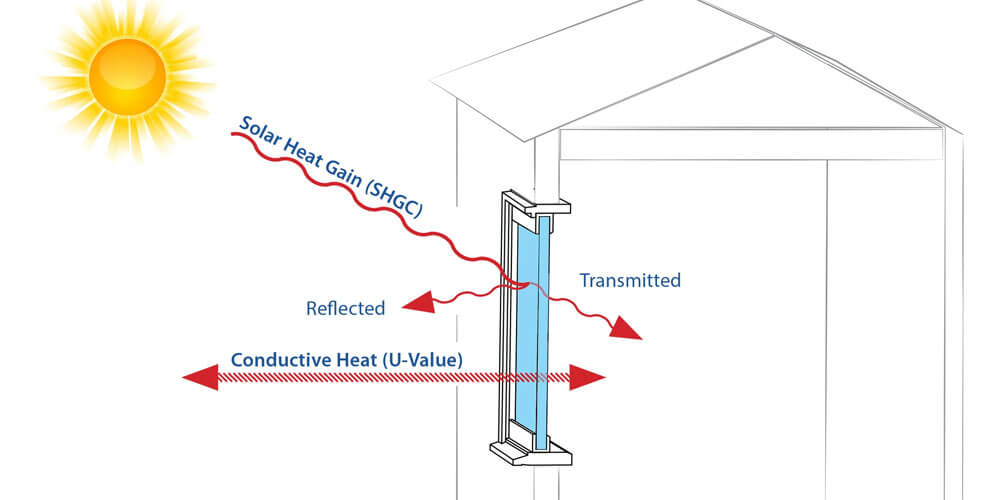
Solar heat gain coefficient or SHGC primarily reflects the percentage of solar radiation or sunlight admitted through a door, skylight, or a window, either directly or absorbed, only to release a fraction of heat inside the house to keep it warm.
In simpler words, it represents the effect of glazing assembly to restrict the increased amount of heat gain from the sunlight.
Therefore, it means that the lower is the SHGC, the lesser are the chances of solar heat getting transmitted into the house and making it unbearably hot inside. Thus, any product with higher SHGC refers to its ability to trap more solar radiation during the winter season.
However, there are a few factors that depend on the percentage of SHGC, such as climate, external shading, and orientation. Although SHGC being a ratio is theoretically supposed to range from 0-1, all the products usually range from either 0.2 or 0.9.
What Does A Solar Heat Gain Coefficient Mean For Your Home?
Excess solar radiation can have many adverse effects on your home if not properly addressed to the issue. Not only will it make your home hotter than general, but it also can damage your properties. Although sunlight is considered healthy for the skin since it contains Vitamin D, excessive exposure can also visibly harmful effects on your skin.
Thus, let’s quickly understand how the exposure to solar radiation for long can affect your home in general and why solar heat gain coefficient windows are necessary:
- Faded Furniture: Exposure to direct sunlight or solar radiation in general that usually comes through windows, doors, or skylights may leave your furniture permanently damaged, with faded color as well as it containing harmful UVA and UVB rays. Thus, widows with SHGC can help prevent or even reduce the intensity of damage by limiting the amount of heat trapped inside the house.
- Uncomfortably warm temperatures: Windows with lesser abilities to protect heat insulation usually fail to prevent the houses from getting extremely hot inside. One of the best ways to prevent that is by switching on to well-insulated double-pane windows efficient with low U-factors instead of clinging on to regular window frames.
- Spiking up electricity bills: As mentioned before, the more the heat inside the house, the more chances are to use your air conditioners for the rescue. Thus, it is no surprise that your electricity bills are definitely going to be off-limit.
What Is A Good Solar Heat Coefficient Rating?
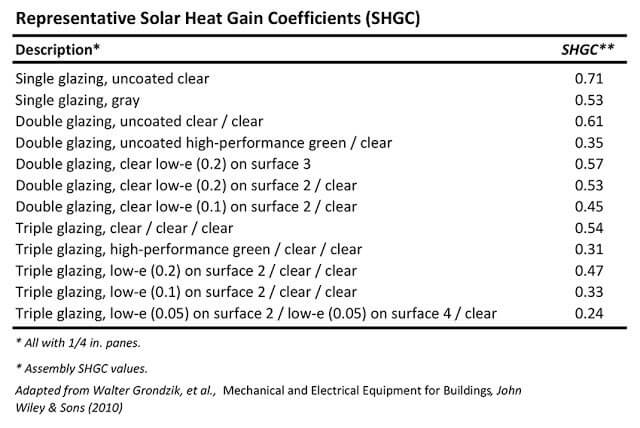
Did you know that you can choose your windows based on the grades on SHGC? Energy efficiency SHGC ratings are introduced to measure and regulate the window’s capacity to conserve the energy in your home accordingly.
Thus, the SHGC measures the percentage of sunlight admitted through the window into the home, taking note of the amount of heat being circulated inside. Thus, to be energy efficient and good at heat resisting, the windows must have a 0.25 or less SHGC rating, generally considered as the best.
What is a good u factor for a window? The U-factor rating measures the amount of heat being transferred through the window in Btu/h.ft². Values rating between 0.17 and 0.30 are considered good for a window.
Advantages Of Energy Efficient Windows
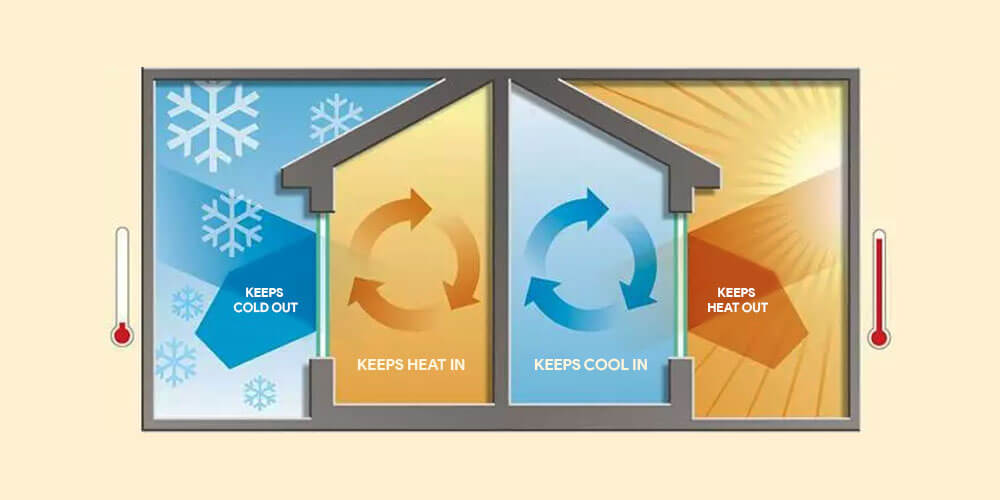
1. A Comfortable Home During Both Summer & Winter: The solar heat gain coefficient chart helps you to introspect on your decision in choosing the right kind of windows for your house that eradicates the problem of overheating in summers and overcooling in winters inside the house. Overall, this makes your house cozy all around the year without having to worry about unnecessary issues.
2. Protection Against Harmful UV Rays: As we are all aware by now how fatal the harmful sun rays can be to our health, window solar heat gain coefficient has become an important aspect of your homes.Without proper glazing and good SHGC rated windows, these rays may affect us severely, causing several health issues, sunburn, premature skin ageing, etc.
Additionally, SHGC also helps to protect the furniture that is regularly exposed to the sunlight through the exposure from windows and doors from these harmful rays of the sun.
3. Lower Energy & Lesser Heating Bills: The lesser percentage of heat trapped inside the house, the lesser will be the usage of air conditioners. Thus, it will directly impact the electricity bills, causing them to fall incredibly.
What is the Difference Between SHGC and SC?
Both SHGC and SC are very similar, yet very different from one another. Shading coefficient or SC was previously popularly used in industries before they switched over to using SHGC instead.
The SC reads or calculates the percentage of heat gain from only the glass portion of the window of the glazing treatment, leaving out the window frame. In contrast, the SHGC window rating refers to the incredible capability of both the glass and the window frame to resist the solar radiation.
1. SHGC
SHGC reflects the percentage of solar radiation that transfers through a door, skylight, or a window to the inside of the house, either directly or absorbed, which makes the house’s interior uncomfortably hotter than in general. To simplify it, the SHGC mainly indicates the direct effect of glazing assembly to restrict or reduce the increased amount of heat gain from the sun rays.
SHGC In Application
Now that we already know that the higher the SHGC level, the poorer the resistance, it is easier to understand SHGC in the application. Most of the sun rays that are trapped inside through windows or skylights basically get converted into heat, warming up the interior temperatures of the house. Thus, the lower the SHGC, the better the resistance.
2. Shading Coefficient
SC is a dimensionless ratio that is supposed to range from 0 to 1, theoretically. It is different from SHGC in a lot of ways. To make it simple, SHGC considers both the glass and the window frame, whereas SC is only concerned about the window glass. Furthermore, SC is the ratio of radiant heat gain through a particular kind of glass, supposedly close to 1/8 inches in thickness.
SC In Application
To be fair, SC is mostly used to compare different glass types nowadays, although it is also an excellent agent to express the effects of both external and internal solar controls for a better understanding.
Conclusion
Thus to conclude, SHGC helps to regulate and maintain the warmth of a room by trapping and blocking excess heat to prevent it from rising the interior temperature. It also regulates the intensity of cool temperatures during winters to allow some heat to pass inside and keep the house warm and cozy. Henceforth, finding the right SHGC rated window can be a blessing for your comfort.

